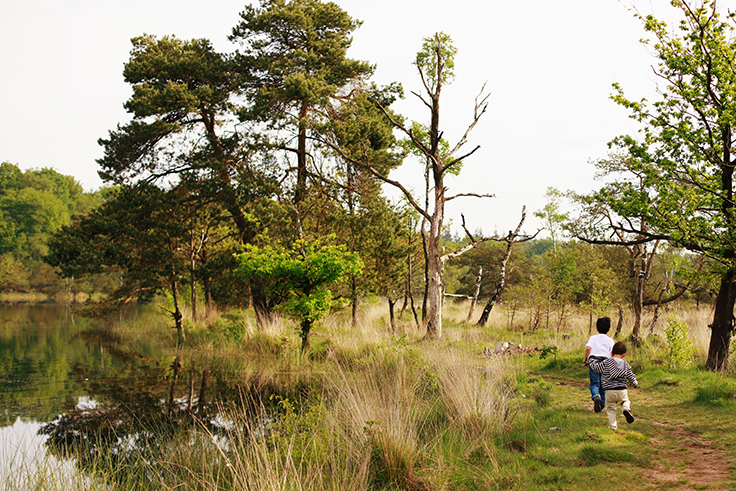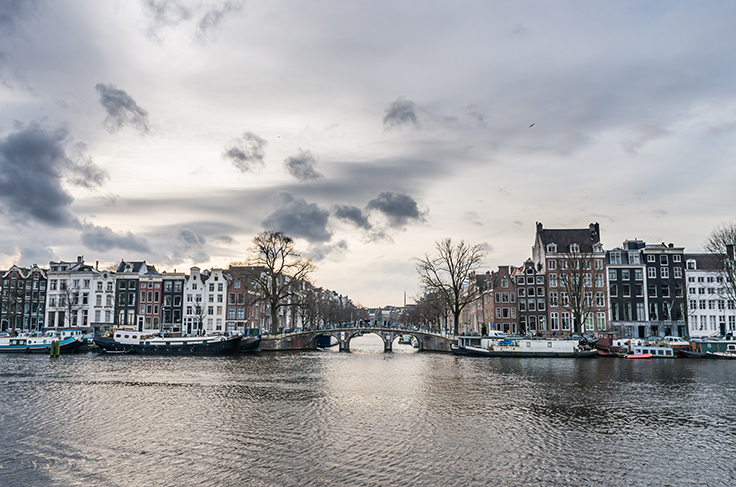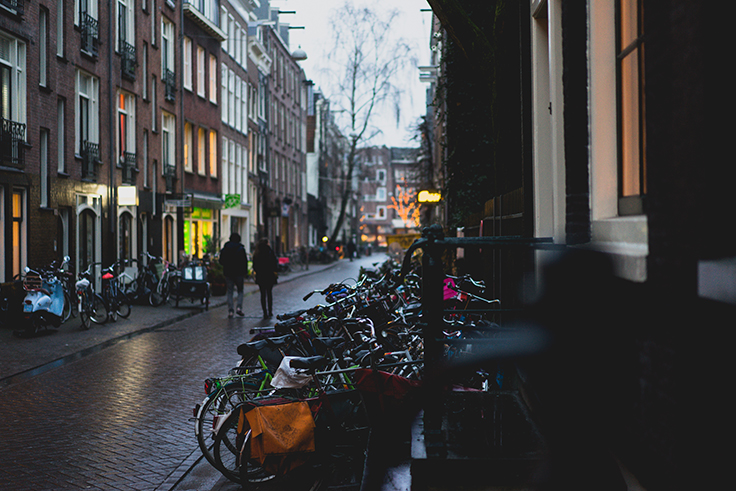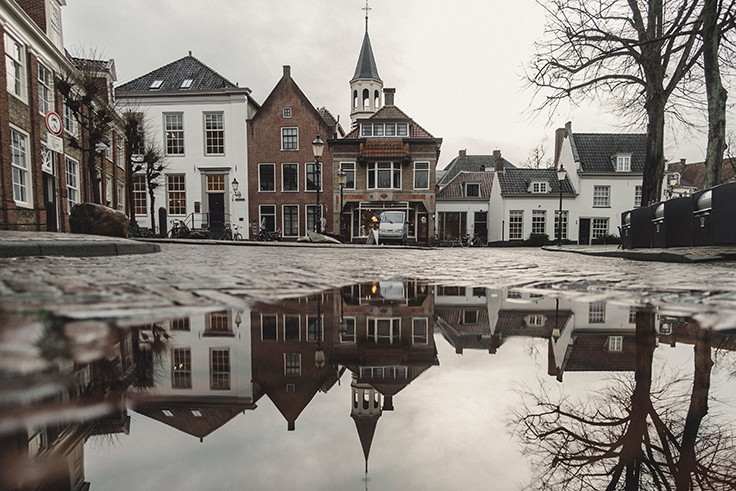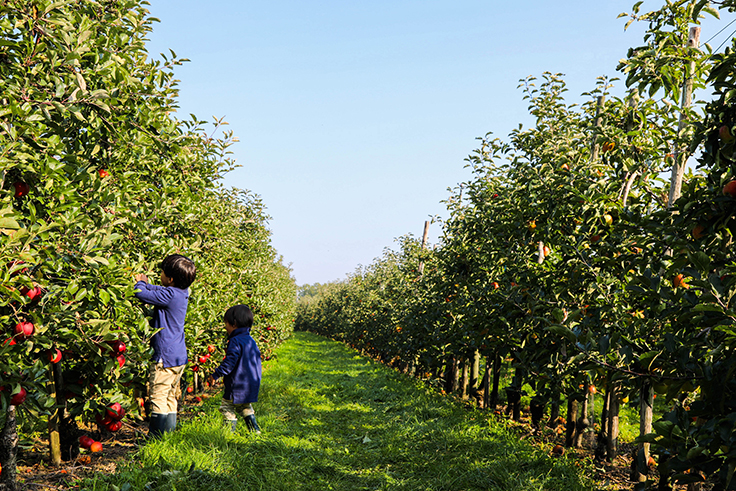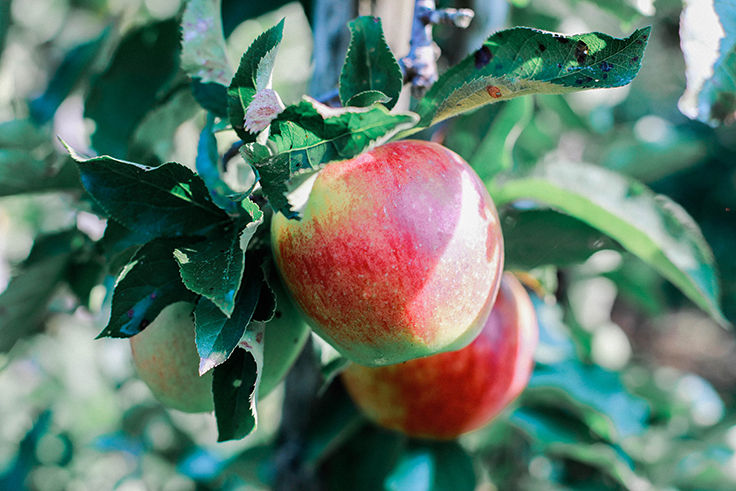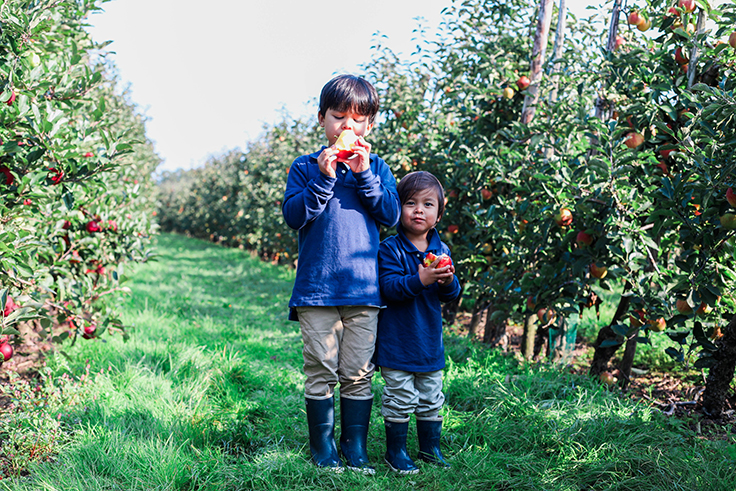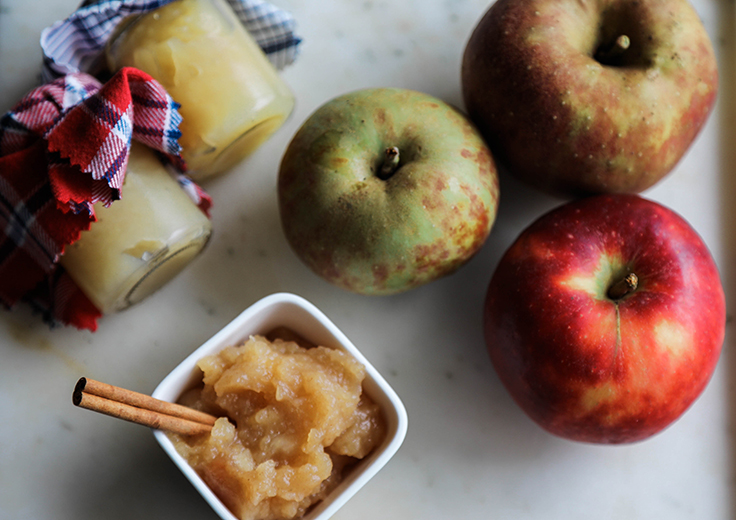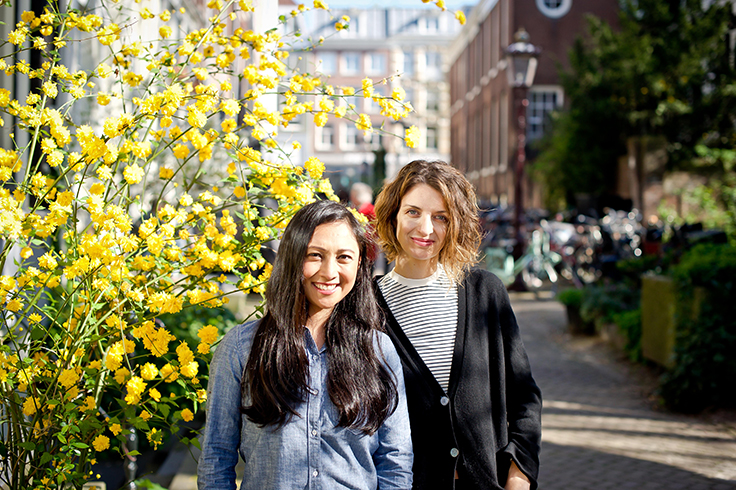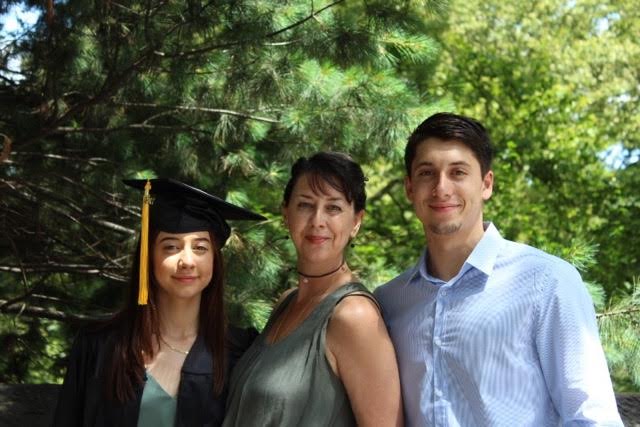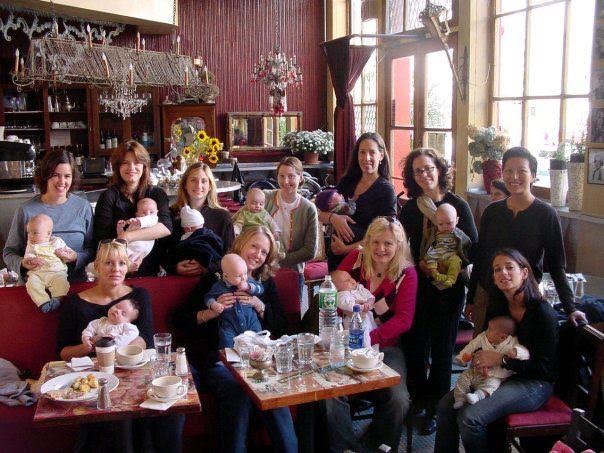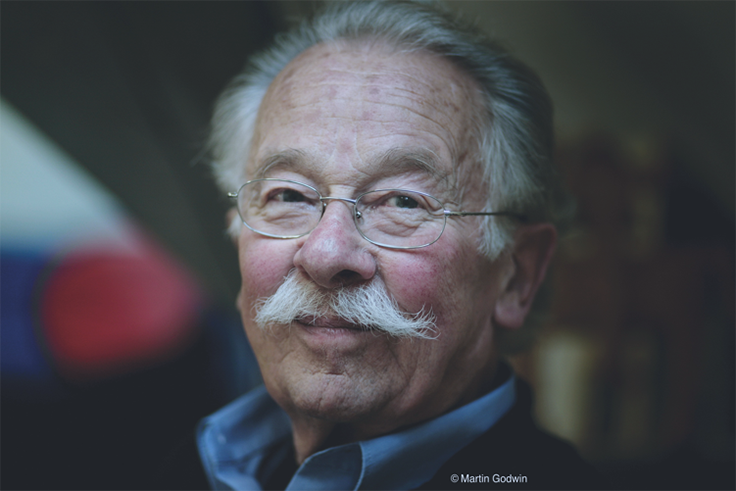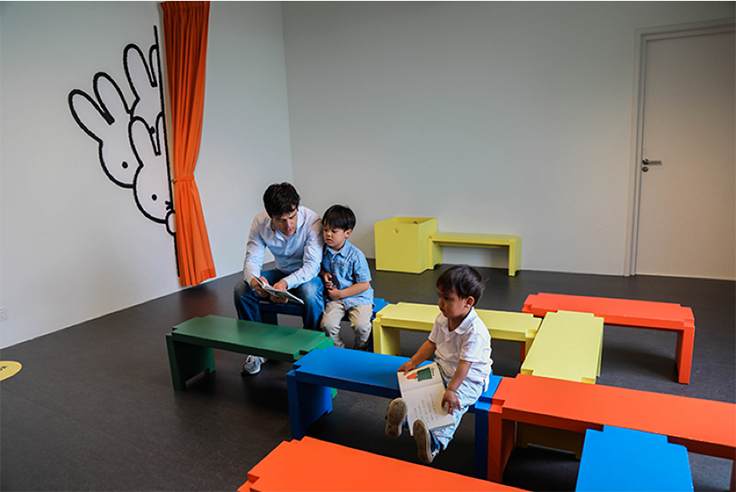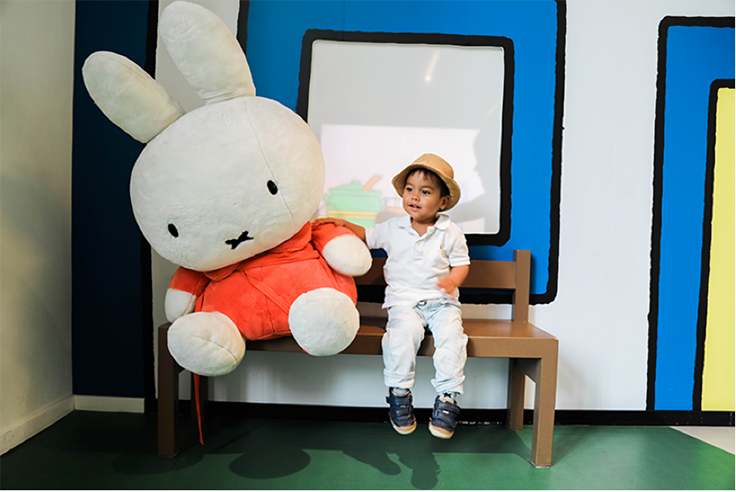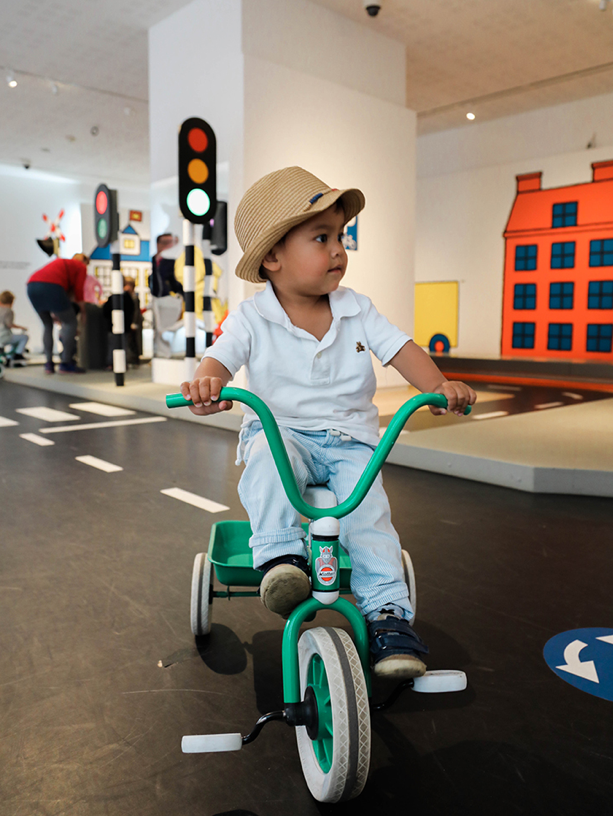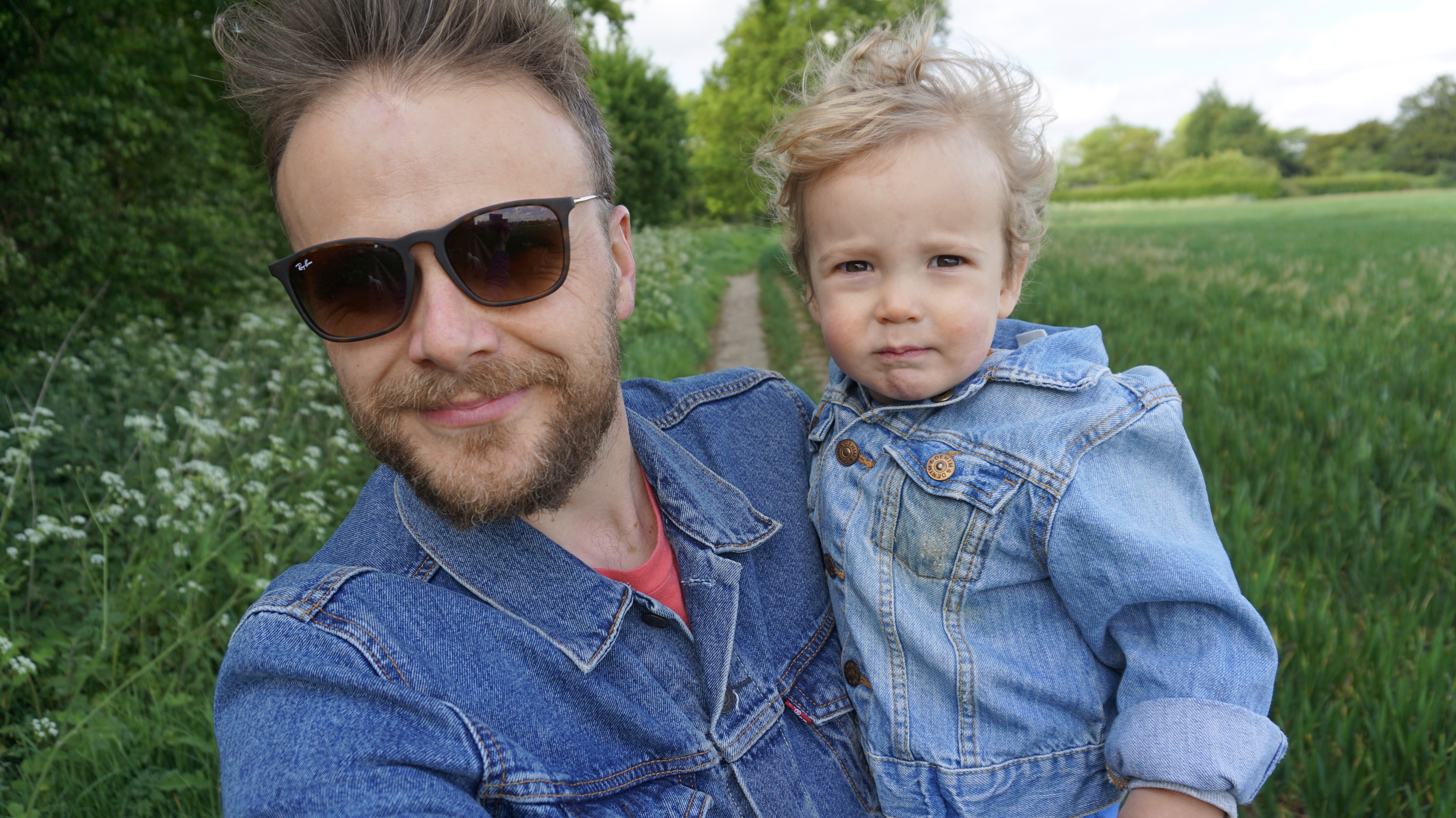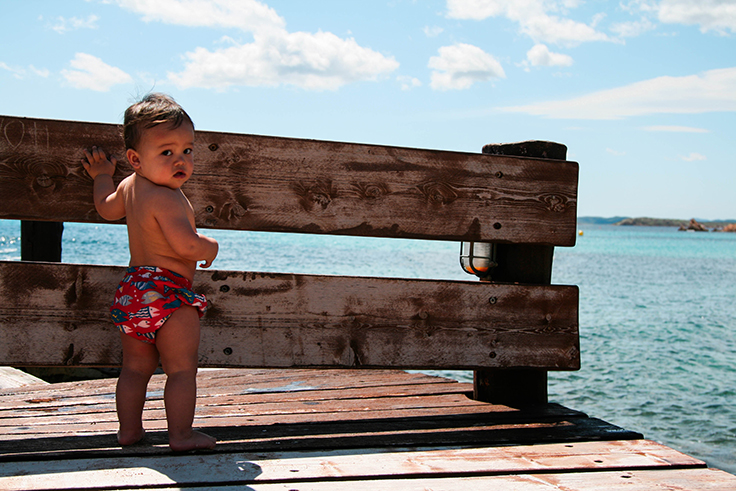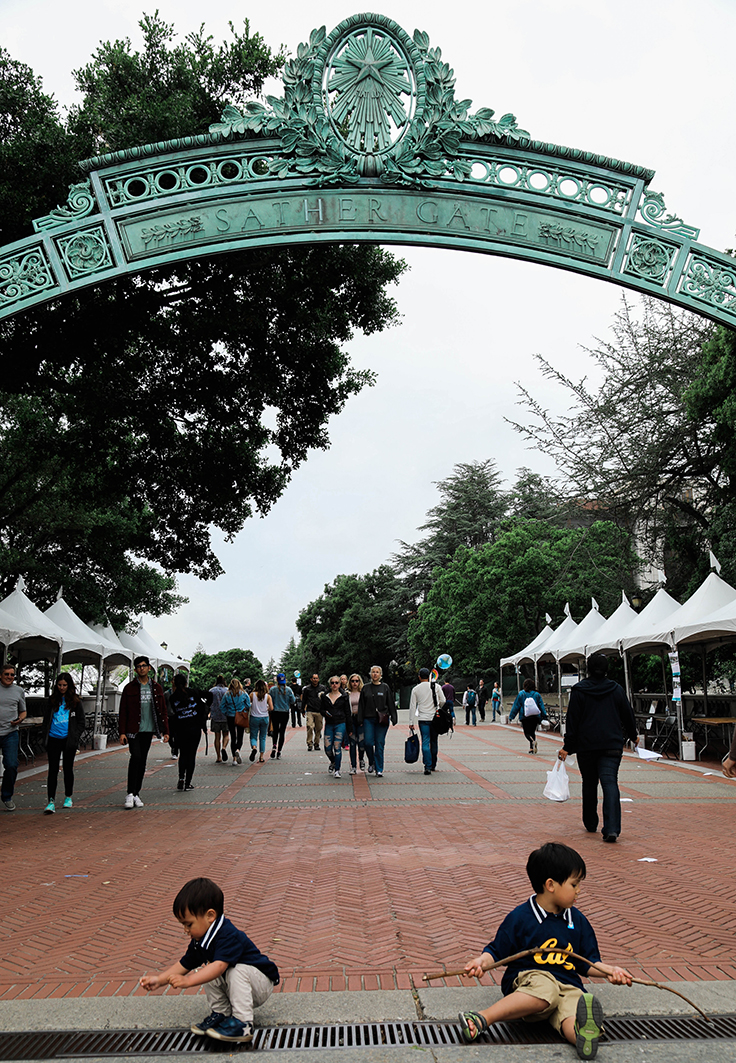“Oh, wat een rijkdom (what a richness),” said an elderly lady as she randomly stops us on the street. Her wistful eyes are fixated on my baby girl warmly wrapped inside my jacket as I hold hands with my two oldest.
“Dank u wel (thank you),” I reply, slightly embarrassed and grateful for the gentle reminder.
”Wat een rijkdom” seems to be a favorite expression among the Dutch pensioners who call our village home. We hear it everywhere we go – on the street, at the supermarket, the bakery, the fishmonger, and the butcher.
I wholeheartedly believe in the sentiment that children are among life’s greatest treasures but hearing them referred to as a rijkdom by people well into their sunset years adds a sense of depth and urgency. It’s a mental note to live in the here and now and enjoy my children, especially when they’re young.
Like everyone else in the throes of early motherhood, I find myself preoccupied with a mental list of unending chores – cooking, feeding, diapers, cleaning, laundry, diapers, school pick-ups, and drop-offs. Being on my feet all day, dressed in clothes splotched with remnants from the latest meal, with a baby attached to my hip, I’m naturally inclined to feel everything but glamorous.
But when I take a step back from my myopic present and take an honest estimation of my circumstances, it really is a brilliant, rich life. My family and I live a life of privilege because of the humane social policies and culture of the Netherlands.
Hearing “wat een rijkdom” so frequently inspired me to simply soak it all in and revel in the moments of pure joy amidst all the chaos, exhaustion, tears, and frustrations that color these early years.
I appreciate you all for continuing to follow my little blog on the internet. I’m #sorrynotsorry for taking a break from writing and focusing solely on being a mom. I learned as I was writing my book that my own personal happiness influenced my children’s well-being. Writing within the margins of early motherhood is too stressful for me and made me anxious of running on empty.
Consider me now officially back from my writing sabbatical. My cup is overflowing with gratitude for this Dutch American life, brimming with lots of ideas. It’s an honor and a privilege to share my observations about Dutch culture and life in the Low Countries. I hope at the very least you can leave my site feeling a little inspired and, for those familiar with the Dutch, that our posts deeply resonate with your own experiences, memories and understanding of the culture.
Kicking off this new life to Finding Dutchland, for the whole month of November, our Kindle e-book is now available for only $1.99 for our American audiences. In England and the Netherlands, new paperback editions of the book are widely available. And we’ve lost count of the other countries we’ve been published in, but just now, a lovely Turkish edition came out.
In case you missed it, here is Michele Hutchison’s viral TedX Kazimierz post:


